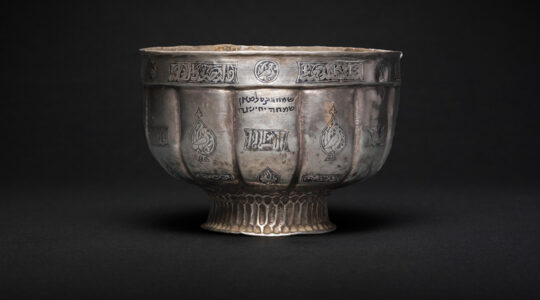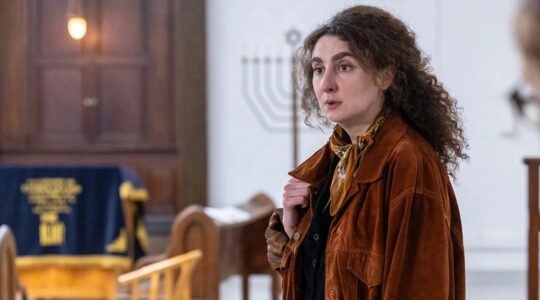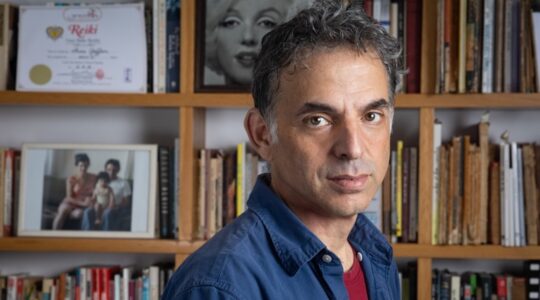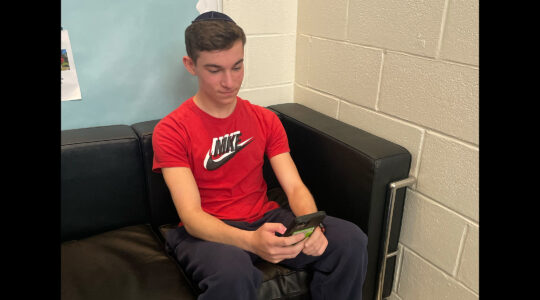Fake rabbis? For-profit synagogues? Big-box High Holiday services?
So-called “mushroom synagogues” became fashionable in the United States in the late 1920s. They were often for-profit enterprises that popped up during the Rosh Hashanah season. Managed by private entrepreneurs, they undercut existing synagogue prices for High Holiday tickets. Often, they were led by a person who had some sort of knowledgeable Jewish background, and called himself a rabbi, though lacked rabbinical training or certification.
 These mushroom synagogues soared in popularity during the late 1920s and early 1930s. The establishment Jewish community fought bitterly against them–one JTA article from the early 1930s described them as:
These mushroom synagogues soared in popularity during the late 1920s and early 1930s. The establishment Jewish community fought bitterly against them–one JTA article from the early 1930s described them as:
“Fly-by-night ‘synagogues’ which open up in ramshackle buildings or stores, sell tickets, hold mock religious services for the high holidays, and then close up while the promoters pocket the profits and wait for another year to roll by so they can resume operations.”
Shortly before Rosh Hashanah 1934, the New York state legislature declared it a misdemeanor to sell tickets to “non-legitimate places of worship,” effectively quashing the trend.
Perhaps ironically, these days, Jewish institutions are looking to the mushroom-synagogue model as a way of reaching out to Jews scared or skeptical of synagogue worship (and synagogue prices). You can probably find a free or low-cost non-synagogue High Holiday service near you.
JTA has documented Jewish history in real-time for over a century. Keep our journalism strong by joining us in supporting independent, award-winning reporting.





